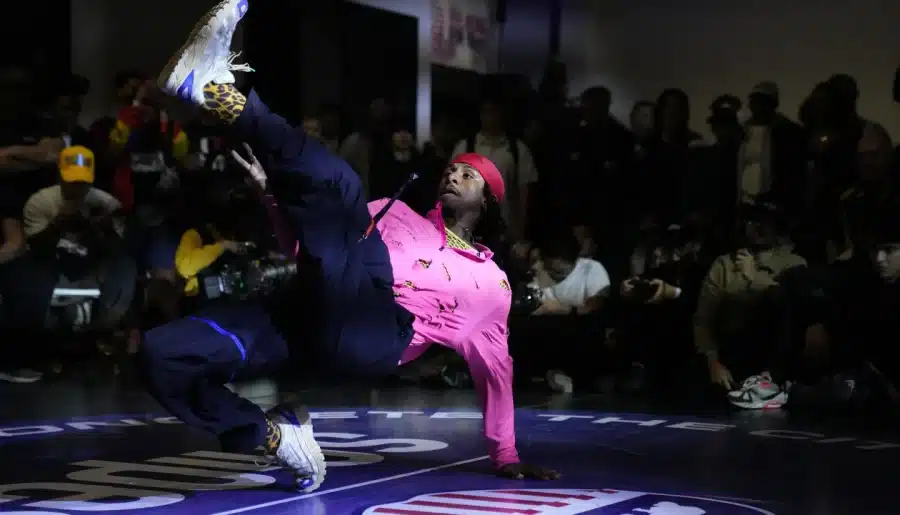The Olympics have been around for a long time. They were held to honor the god Zeus. In fact, the first recorded ancient Olympic Games started in 776 BC in Olympia, Greece, over 2,700 years ago.
Amazing, right?
The modern Olympic Games, as we know them today, were revived in 1896 in Athens, Greece. Since then, the Olympics have become a huge global event and a symbol, bringing together athletes all over the world through sports for hundreds of years.

Every four years, athletes showcase their skills in various sports, including track and field, swimming, gymnastics, and skateboarding, to newer additions like skateboarding, surfing, and sports climbing.
But did you know that breaking, sometimes called breakdancing, is now an official Olympic sport, too? How awesome is that?
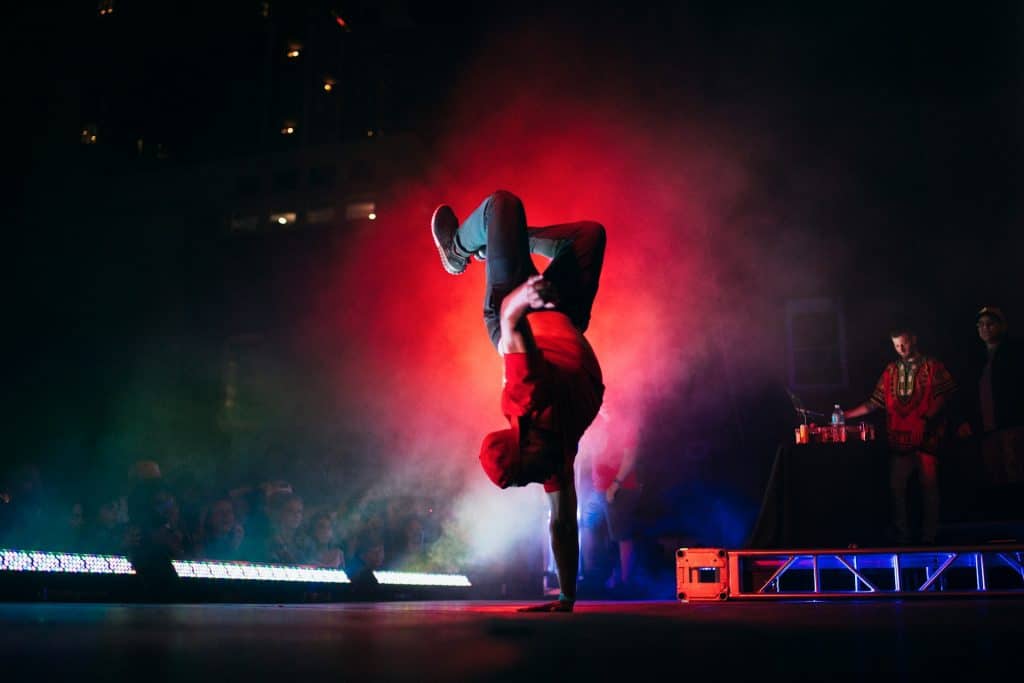
This shows that the Olympics can include different and exciting modern sports while still holding onto their classic traditions.
Now, you might wonder, “What is breaking, and why is it called that way?”
No worries. I’ll share everything you need to know about this newest Olympic sport.
So, What is Breaking?
Breaking is an urban dance that originated with African Americans in the Bronx, New York City, United States, in the 1970s.
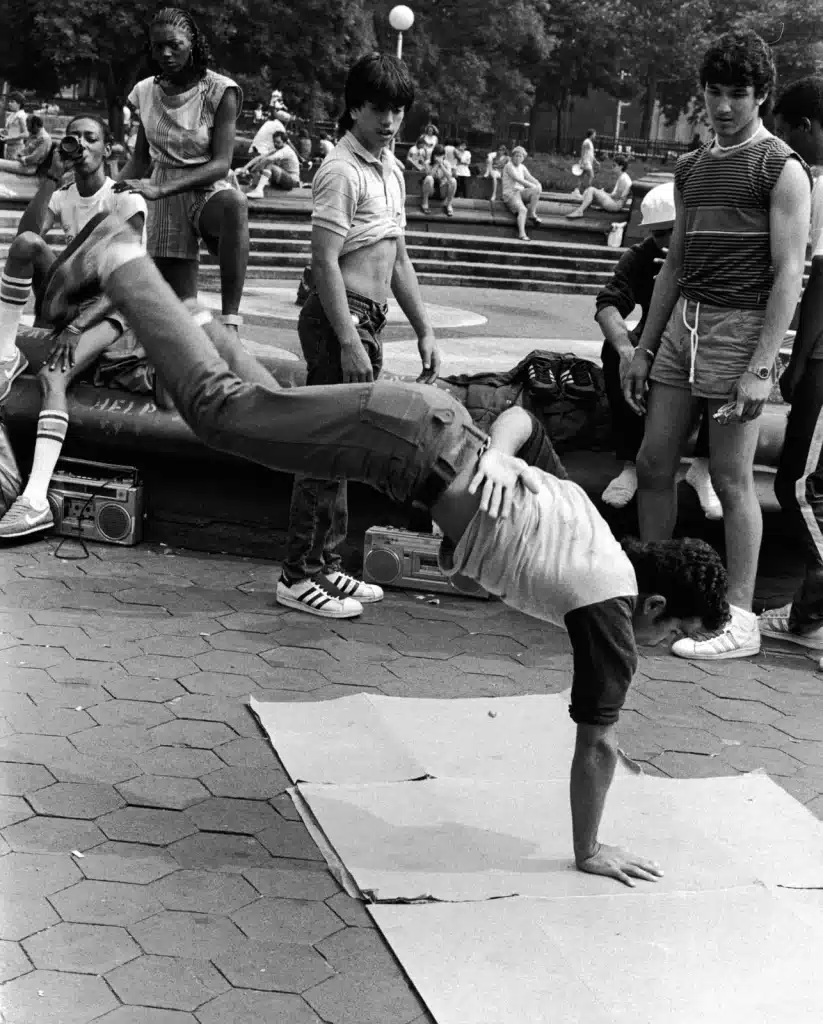
It started at block parties in the Bronx and is usually danced to songs with drum breaks, especially in funk, soul, and hip-hop. It’s also known for its acrobatic moves and fancy footwork, and the DJ and MC play a big role during battles.
B-boy or B-girl is the term for a guy or girl who does the dance of breaking. Some people say the B stands for Bronx, which refers to the fact that breaking began in the Bronx borough of New York City.
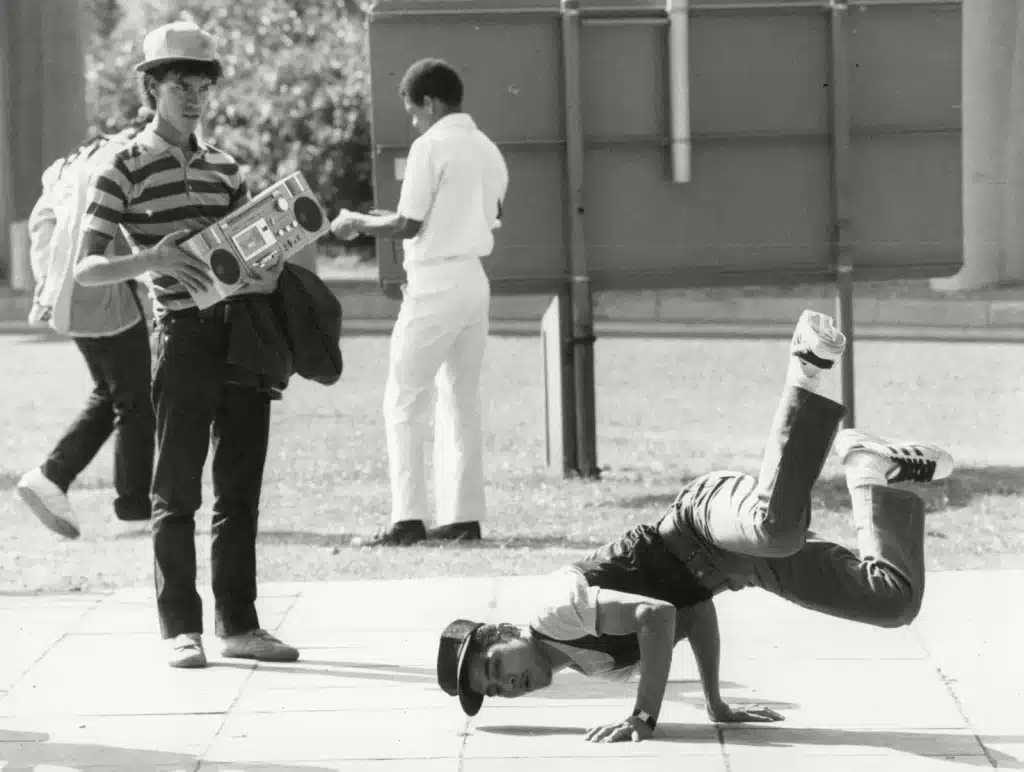
The media coined the terms “breakdancer” and “breakdancing” when breaking became popular. Some people didn’t know that breakers don’t call themselves “dancers,” but the media labeled them “breakdancers.”
But a fun fact: the B-boys and B-girls prefer the term breaking over breakdancing because they feel it better represents the sport.
Breaking Terms to Know
Here are some of the breaking terms:
- Power moves: They are dynamic and physically demanding moves often performed on the floor. Examples include windmills, flares, and air flares. These moves require a lot of strength, agility, and momentum.
- Top rock: When a breaker shuffles their feet and moves their arms while standing
- Down rock: When breakers shuffle their feet and move their arms on the floor.
- Windmill: When a breaker spins on their back by using their arms and upper body to move in a circular motion.
- Freeze: When dancers pause, this is often used to finish a set or routine. It usually requires the breaker to hold a tough and eye-catching position.
- Headspin: Where the breaker spins on their head, using momentum and balance to rotate rapidly.
- Flare: It involves spinning the lower body in a circular motion while using the arms for support.
How is the Olympic Breaking Scored?
Unlike other Olympic sports, the rules of breaking are easy to follow. The Paris 2024 Olympic Games will have two breaking events, one for men and one for women, with 16 B-Boys and 16 B-Girls competing in solo battles.
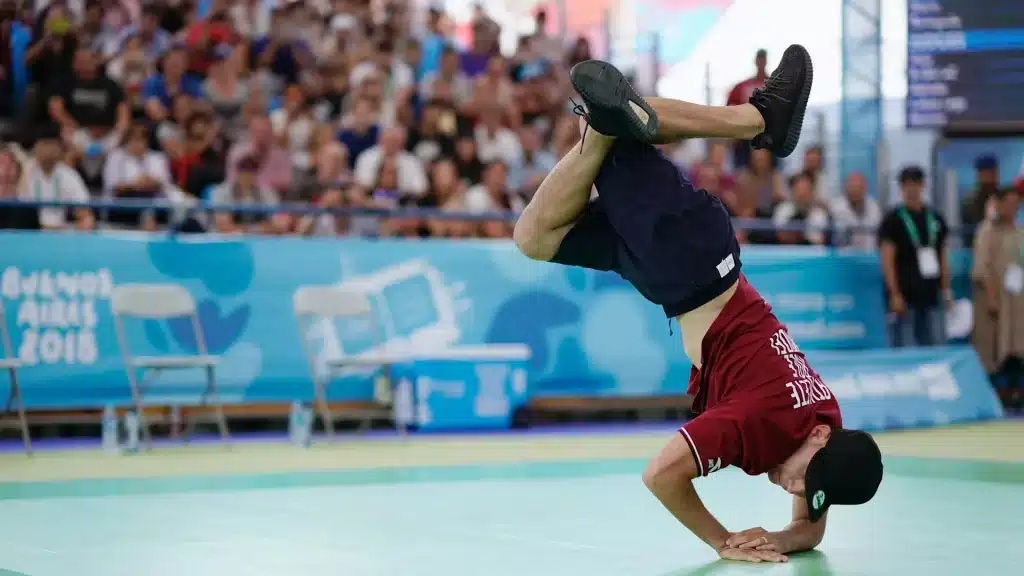
The breakers will showcase power moves like windmills, the 6-step, and freezes while dancing to the DJ’s tracks to win Olympic-breaking medals. They will dance in a three-round competition, showing their moves for 30 to 50 seconds per round.
Breakers will be scored in real time using a digital platform that evaluates their technique, performance, musicality, and creativity. The winner will be chosen based on the judges’ majority decision.
Another fun fact: The DJ selects the music for a round.
